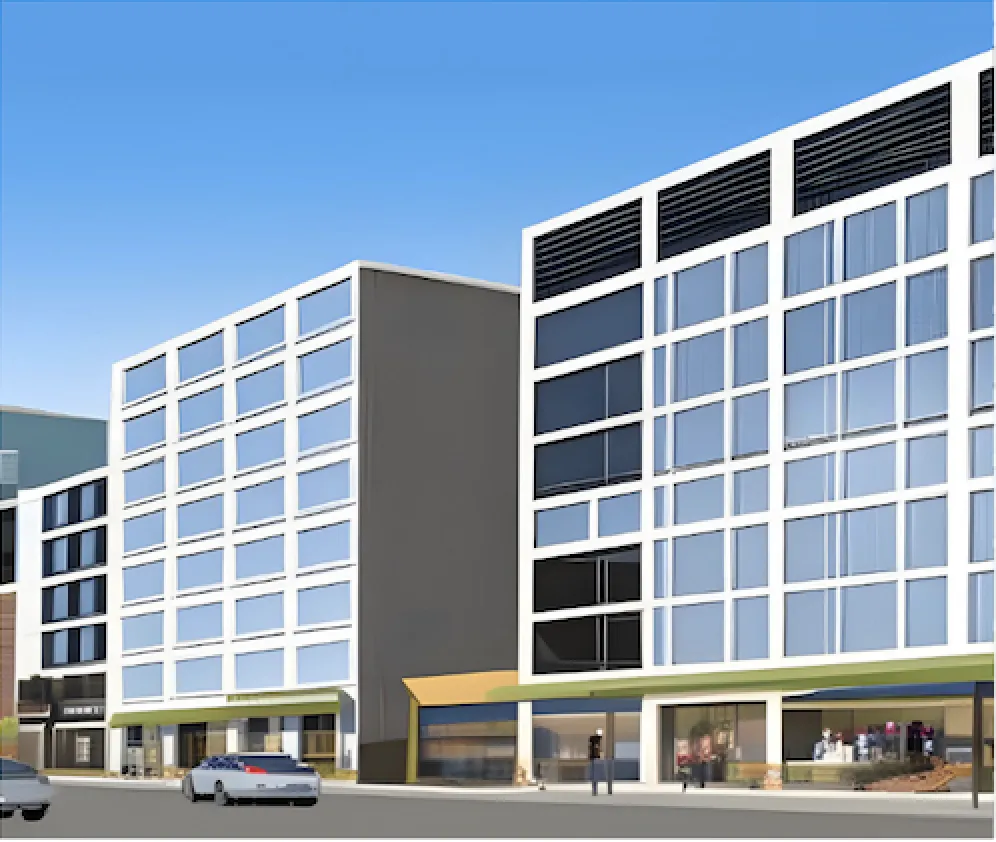Boulder-area commercial real estate: Flex-industrial remains hot, office cool

BOULDER — With uncertainty gripping the wider U.S. economy, the Boulder-area commercial real estate market showed resilience in the fourth quarter, but weaknesses in the office subcategory persist as tenants continue to struggle with the post-COVID-19 work environment.
“We’re getting used to setbacks from a macro perspective,” Becky Gamble, CEO of the brokerage Dean Callan & Co., said in reference to national and international headwinds such as the COVID-19 pandemic and its aftermath, disruptions in the banking sector and rising interest rates.
“There are so many variables that impact commercial real estate that are out of everybody’s control,” she said, but brokers…
THIS ARTICLE IS FOR SUBSCRIBERS ONLY
Continue reading for less than $3 per week!
Get a month of award-winning local business news, trends and insights
Access award-winning content today!



